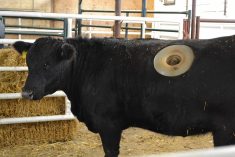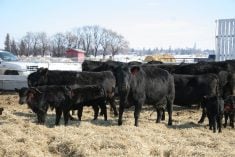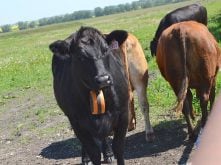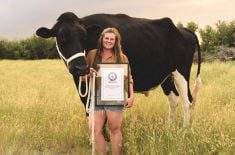It turns out that giving cattle a rest break during long haul transport seems to make no difference to their health or welfare.
That was the bottom line from a third study that explored a controversial change made by the Canadian Food Inspection Agency three years ago.
“That’s where we’re at,” said Reynold Bergen, science director of the Beef Cattle Research Council. “We’ve got regulations that require a rest stop, but we’ve got science that says it probably isn’t necessary and probably not beneficial. It may not hurt, but it doesn’t seem to help.”
Read Also
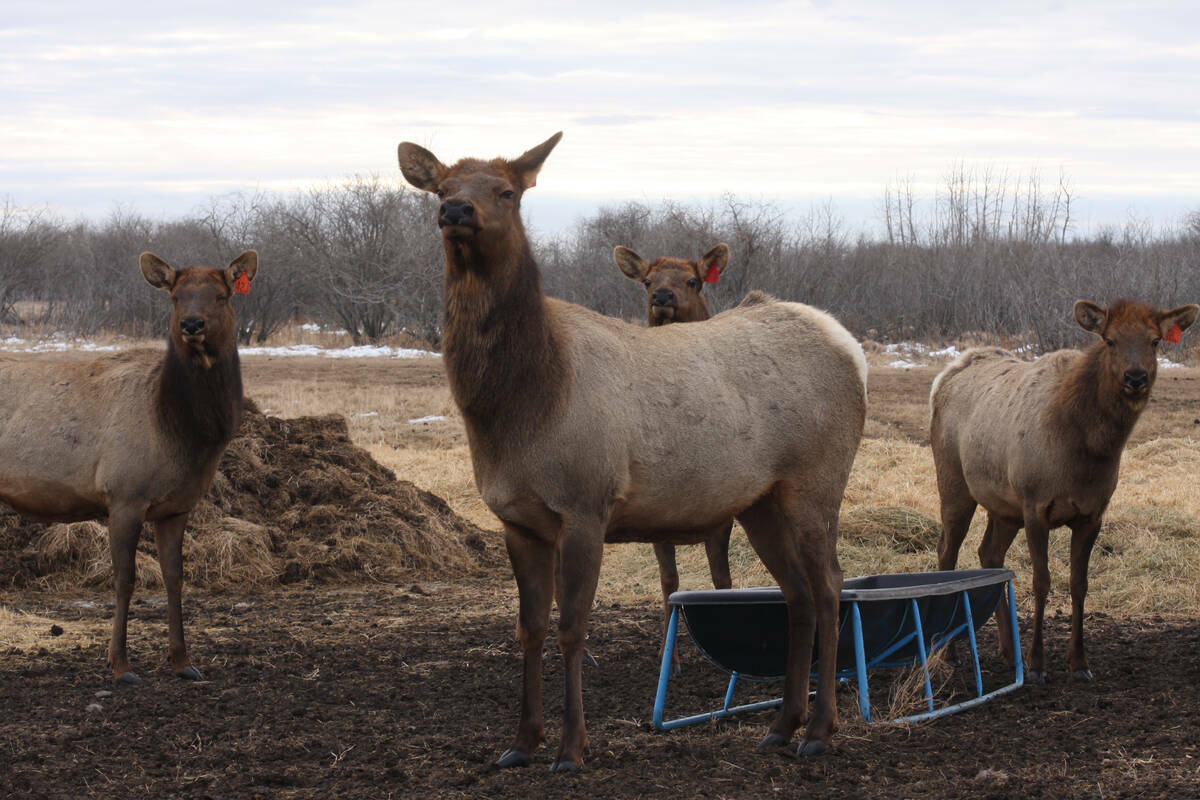
Cervid harvest preserves to be developed in the province under Bill 10
The Government of Alberta has given approval for creation of cervid harvest preserves.
The 2019 changes shortened the trucking time to 36 hours (from 48 previously) before cattle had to be unloaded and given feed and water at a rest stop. It also upped the length of the rest period to eight hours from five.
That “wasn’t a huge stress for the industry … (as) only a small percentage of loads were going 48 hours anyway,” but what “raised some eyebrows” was the lack of evidence supporting the change, said Bergen.
“There was zero evidence anywhere that providing a rest stop to cattle provided any benefit to transport,” he said. “We pointed that out and funded a study to see if there was any benefit.”
In response to industry concerns, the CFIA announced a two-year grace period where transport education was emphasized over enforcement. When that expired, it said enforcement would not be a priority for animals older than nine days as long as animal health outcomes were met and hauls were within four hours of the new maximum.
What the studies found
A 2007 study by federal research scientist Karen Schwartzkopf-Genswein found that 99.98 per cent of cattle came off a truck in good condition after a short haul of less than four hours and 99.95 came off a truck in good condition from trips more than four hours long. A follow-up study had similar findings.
The third and latest study on weaned calves, a high-risk group, looked at the effects of a 12-hour trip versus a 36-hour one, comparing the differences when cattle had no rest stop, a four-hour rest stop, an eight-hour rest and a 12-hour rest. The cattle were then transported for another four hours.
Schwartzkopf-Genswein and a colleague at AgCanada’s Lethbridge research centre measured many variables including weight, behaviour, limping and alertness. They also took blood samples to gauge stress and energy levels.
“The first year, they found that short trips are easier for cattle to cope with than long trips, which was no surprise,” said Bergen. “Also, they found that there was actually no benefit to the rest stop. Regardless of how long that rest stop was, there was no consistent benefits. Very few of the things they measured showed any difference at all.”
The second phase of the study determined that pre-conditioned calves travelled better, but there was still no consistent benefit from a rest stop.
The researchers kept the CFIA informed of their findings. When it was suggested that four hours of travel after the rest stop might not be long enough, the researchers upped that to 12 hours.
“If you Google map it, it takes about 20 hours to get from Calgary to northern Ontario,” said Bergen. “From Thunder Bay, where the rest stops are, it takes about another 12 hours to get to the cattle feeding area in Ontario.”
So the cattle were hauled 20 hours, given either an eight-hour rest or no rest, and then put back on the truck for another 12 hours.
“They found that it didn’t matter. There was virtually no effect with transport rest stops,” said Bergen.
But there are two potential drawbacks.
“Loading and unloading are the most stressful parts of the journey, and we’ve just added an unloading and reloading of all those calves,” he said. “The other concern is that your calves aren’t the only ones at the rest stop. It’s like the auction mart – there are pens and pens and pens of calves. The risk of disease transmission can’t be discounted.
“I’m a little bit concerned that it might raise the risk of respiratory disease getting transmitted. Hopefully it’s just respiratory disease and not some heavily contagious foreign animal disease.”
What next?
“They are open to the discussion,” said Bergen. “The ball is in their court about what happens. The industry has always been pushing for outcome-based regulations.
“It’s good to have regulations, but the point of the regulation should be to ensure that the cattle are being protected.”
There are two options going forward. One is to reverse or reword the 2019 regulatory changes and another is outcome-based enforcement.
“If the cattle arrive at their destination and they are in good shape, good for you, no questions asked,” said Bergen. “If the cattle arrive at their destination and there are negative outcomes, there should be some questions, regardless of whether you’d followed all the rules or not.
“What will happen isn’t known yet. Hopefully this will be better explained as CFIA and CCA discuss this and reassess.”
Bergen said he isn’t aware of anyone who keeps track of how many cattle make the long haul from Alberta to Ontario.
“It depends so much on the price of feed and the price of fat cattle,” he said. “If it’s expensive to feed them here, they may be more likely to head out as weaned calves or backgrounders, and vice versa. In some cases, if there is a huge discrepancy in slaughter prices, they may move as fat cattle.”
The new transport guidelines require additional paperwork, which Bergen says producers should know about. The Beef Cattle Research Council outlined them in a May 19, 2022 blog post.
– With files from Glacier FarmMedia




